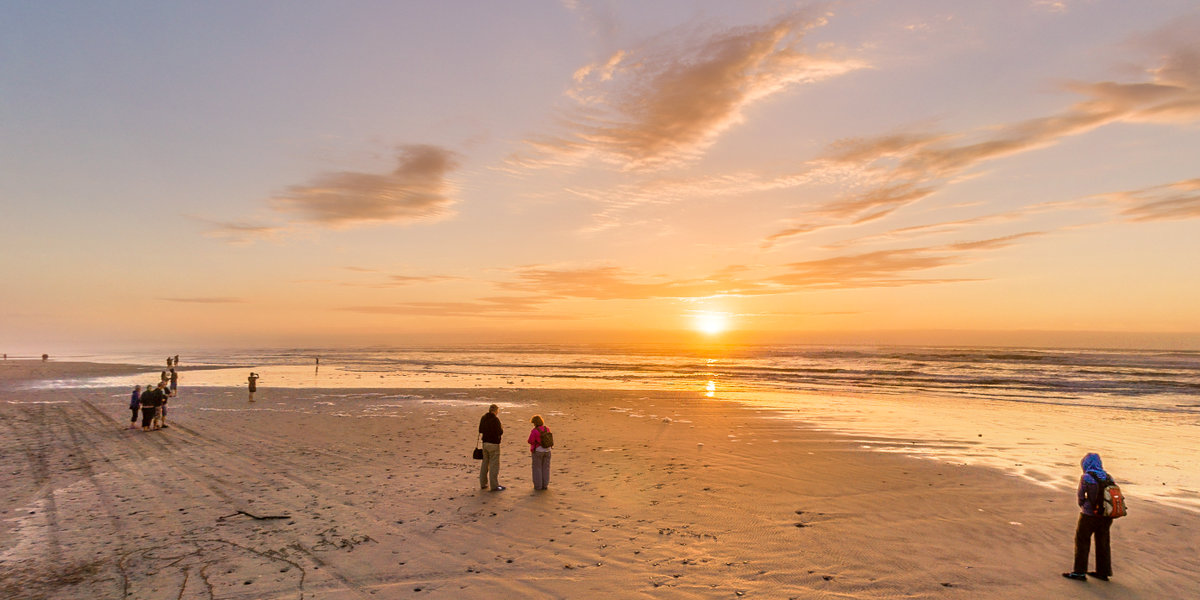I meant to write a post about the “Brenizer method” for a fair while now, but never got around doing it. Anyway, what are “Brenizer panoramas” or “bokeh panoramas” as some people like to call it?
The idea is to create an image that would be pretty much impossible to achieve with a real lens. Like the one above, which has the look (according to this calculator) of a 30mm ƒ/0.4 lens. Some say, ƒ/0.5 is the limit of what’s physically possible, so that’s something, hey? Also, since you combine the images, you will get a very high resolution result, which, downscaled, will just be super sharp.
Anyway, such images are produced by shooting with a long focal length and wide open aperture to achieve a super shallow depth of field, but then stitching many such images together to get a wider angle coverage of the subject. You can use a panoramic tripod head if you want to be precise, but for speed you probably have to work handheld. The above shot is the composition of about 60 shots taken with a 135mm lens at ƒ/1.8.
It can be tricky to put the images together, and neither Photoshop CS6’s Photomerge nor PTGui did a good job with this one here (half the shots could not be linked automatically, in particular those with mostly blurry parts). Thankfully, Kolor’s Autopano Pro did a better job, and even if 10 or so images were not automatically linked, I could manually add control points fairly quickly to eventually tie all the images together sufficiently. Then, I exported it as a Panotools file, which I could then load and finish off in PTGui (which I am much more familiar with and have a license of). Here’s what the project looked like before exporting and cropping.
Since bokeh (the out of focus bits) will be very prominent with this technique, you really want to use a lens that is known for good quality bokeh. Also, choose a nicer background than I did for this test (night shots with distant background lights work particularly great).
